Products Description
How to Get a Legal Driver's License for US Citizens
In the United States, US citizens who meet the eligibility requirements can apply for a driver's license. The application process varies slightly from state to state, but general guidelines and steps are followed across the country. Here is an overview of what US citizens need to know to apply for a driver's license:
1. Eligibility Requirements for US Citizens
To apply for a driver's license as a US citizen, you must generally meet the following criteria:
Age: The minimum age to apply for a driver's license is generally 16 or 18, depending on the state. Many states allow young drivers to apply for a learner's permit or a temporary license first.
Residence: You must be a resident of the state where you are applying for a driver's license.
Verification of identity: You will need to prove your identity and legal status as a US citizen (such as a birth certificate, US passport, or US government-issued photo ID).
2. Documents Typically Required
When applying for a driver's license, US citizens generally need to provide several documents to verify their identity and residency:
Proof of identity: A valid US passport, birth certificate, or other official document.
Proof of Social Security Number (SSN): A Social Security card, W-2 form, or pay stub that includes your SSN.
Proof of residency: A document showing your address in the state, such as a utility bill, lease agreement, or bank statement.
Proof of legal status: While U.S. citizens are not required to provide immigration documents, they must prove their citizenship (via birth certificate, passport, or other acceptable form).
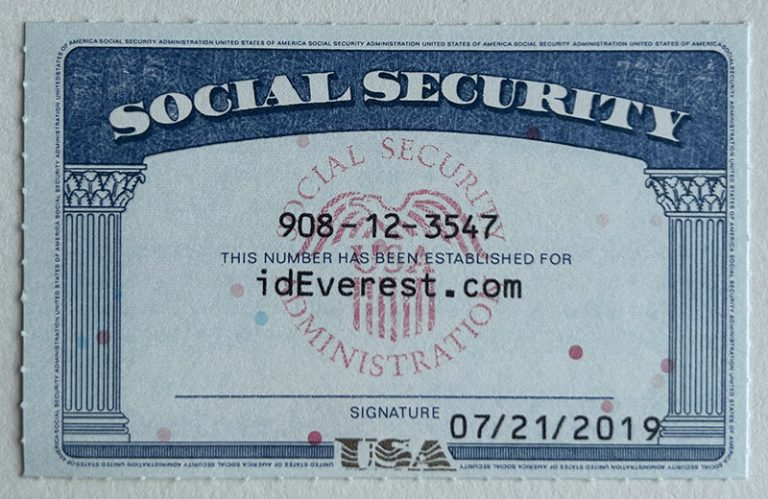
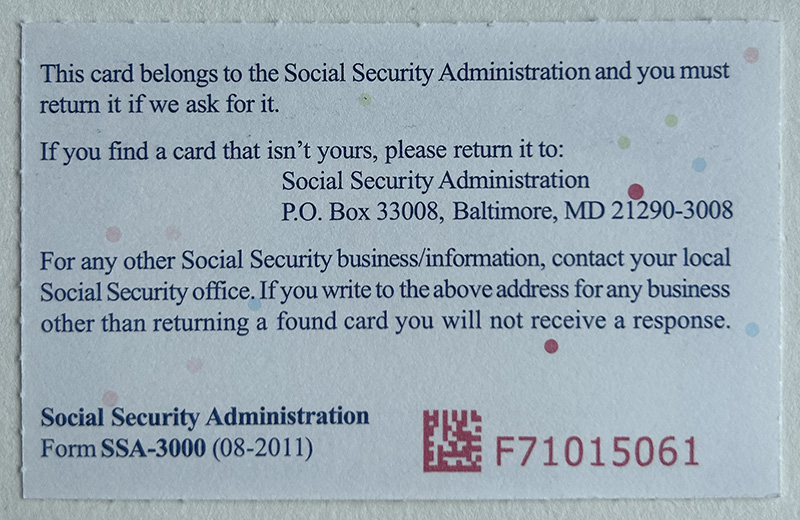
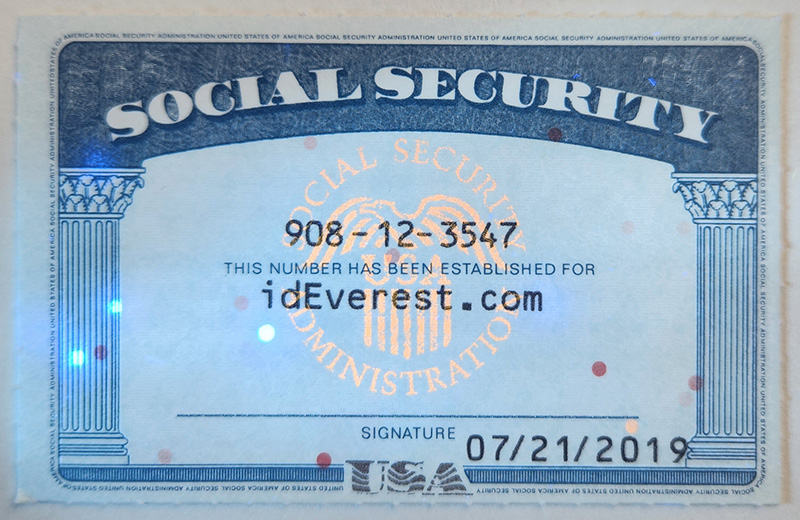
Parental consent (for minors): If you are under 18, you may need the consent of a parent or guardian.
3. Types of driver licenses for U.S. citizens
The type of driver license you can apply for depends on your age and experience:
Learner's permit (for minors): If you are a teenager (usually between 15 and 17 years old), you may be eligible for a learner's permit. This permit allows you to drive with a licensed adult, usually for a specific number of hours or under specific conditions (for example, only during daylight hours). Requirements typically include:
o Pass a written test (theory test) on traffic laws and road signs.
o Meet the minimum age requirement.
o Parental consent if under 18.
Provisional or intermediate license: After holding a learner's permit for a period of time (usually 6 months to a year), you may be eligible for a provisional or intermediate license. This license allows you to drive independently, but there are still some restrictions (for example, you can't drive late at night or with other young passengers).
Full, unrestricted driver's license:
When you turn 18 (or meet the age and driving experience requirements for a provisional driver), you can apply for a full, unrestricted driver's license. This license allows you to drive alone without the restrictions for learner or provisional drivers.
Commercial driver's license (CDL):
If you want to drive a commercial vehicle (such as a truck, bus, or other large vehicle), you need a commercial driver's license (CDL). This requires additional testing and qualifications, including a physical exam.
Motorcycle license:
If you plan to drive a motorcycle, you will need to get a motorcycle endorsement or a separate motorcycle license, which usually requires passing a motorcycle-specific road test and may require taking a motorcycle safety course.
4. Steps to getting a driver's license
The basic steps to getting a driver's license as a U.S. citizen are as follows:
Step 1: Prepare your documents
Gather all the required documents, including proof of identity, proof of social security number, and proof of state residency. You will need to take these documents to your local Department of Motor Vehicles (DMV) or equivalent.
Step 2: Take a written knowledge test
Most states require you to take a written test that covers basic traffic laws, road signs, and safe driving practices. Tests are often available in multiple languages. You can usually find study materials and practice tests online or at your local DMV.
Step 3: Pass a vision test
A vision test is often required to ensure that your vision is good enough to drive safely. If you wear glasses or contact lenses, be sure to bring them with you.
Step 4: Take a road test (driving test)
After passing the written and vision tests, you will need to take a road test to assess your ability to safely operate a vehicle. You will need to bring your own car (or a car arranged for the test) and demonstrate your driving skills, such as stopping, changing lanes, turning, and obeying traffic signals.
Step 5: Pay a license fee
You will need to pay a fee to apply for a license. Fees vary by state and by the type of license you are applying for.
Step 6: Get your license
Once you successfully complete all tests and pay the fee, you will be issued a driver's license. In many states, you will receive a temporary paper license while you wait for your official plastic card to arrive in the mail.
5. Temporary Licenses for Young Drivers (Under 18)
In many states, drivers under 18 are subject to a graduated driver license (GDL) system that includes:
Learner's permit for supervised driving.
Temporary licenses (also called intermediate licenses) that allow unsupervised driving with certain restrictions.
Unrestricted licenses are available once a driver turns 18 or completes the required hours on a temporary license.
Restrictions often include driving late at night or with young passengers (unless accompanied by an adult).
6. Renewal and Expiration
Renewal: US driver licenses (such as Ohio fake ID, Wisconsin scannable ID, Delaware scannable ID, Maryland scannable ID, and Montana fake ID, among others) typically need to be renewed every 4 to 8 years, depending on the state. Renewal can be done online, by mail, or in person, depending on state rules.
Expiration: If you allowed your driver license to expire, it typically needs to be renewed before you can legally drive. Some states offer a grace period for expired licenses.
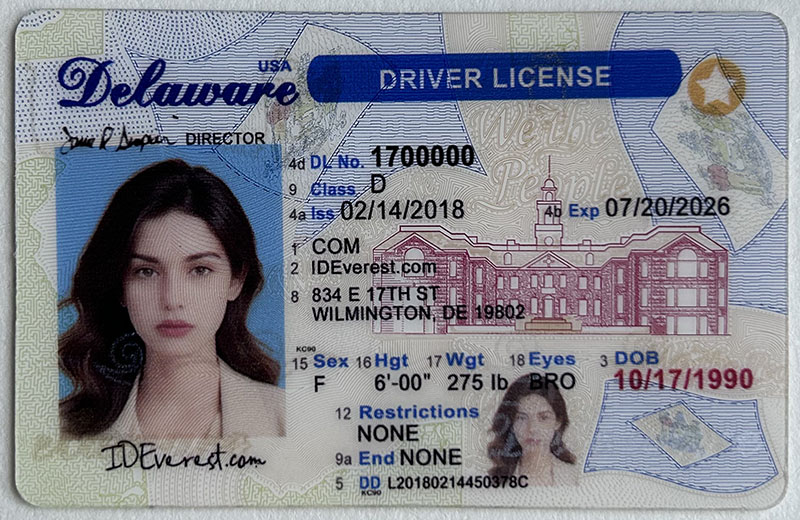
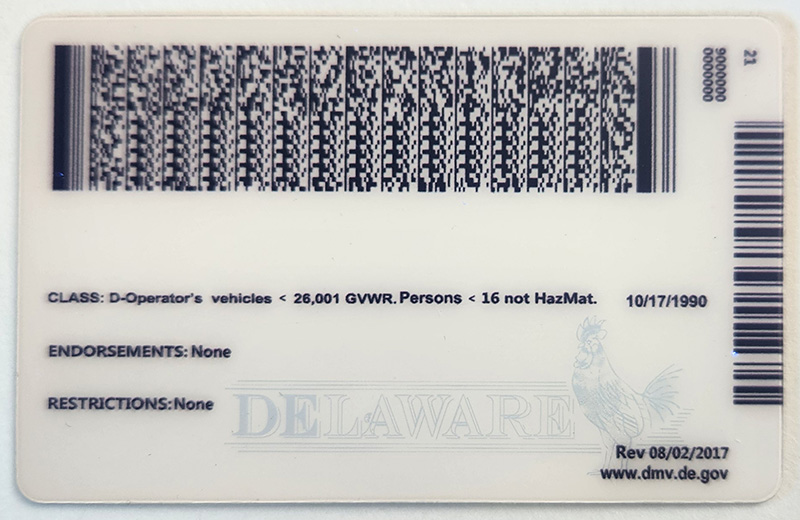
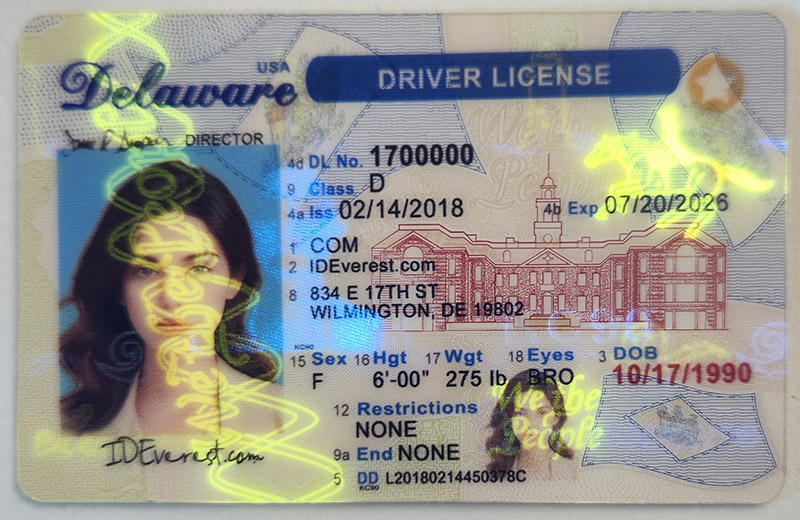

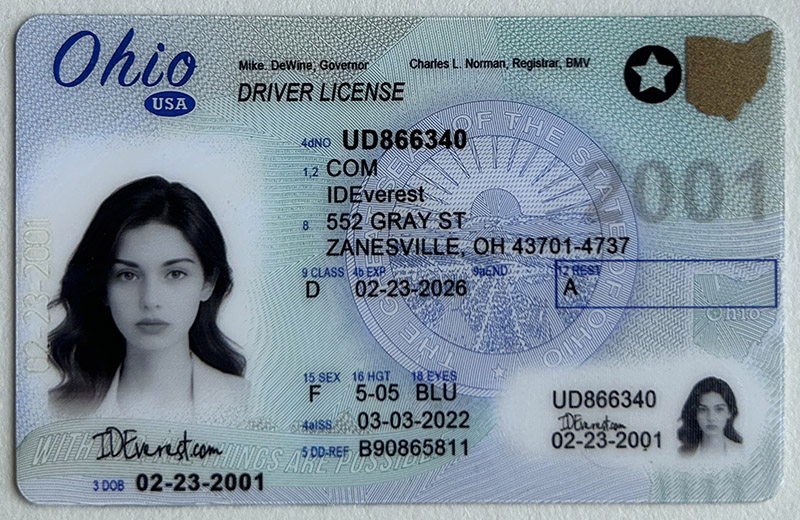
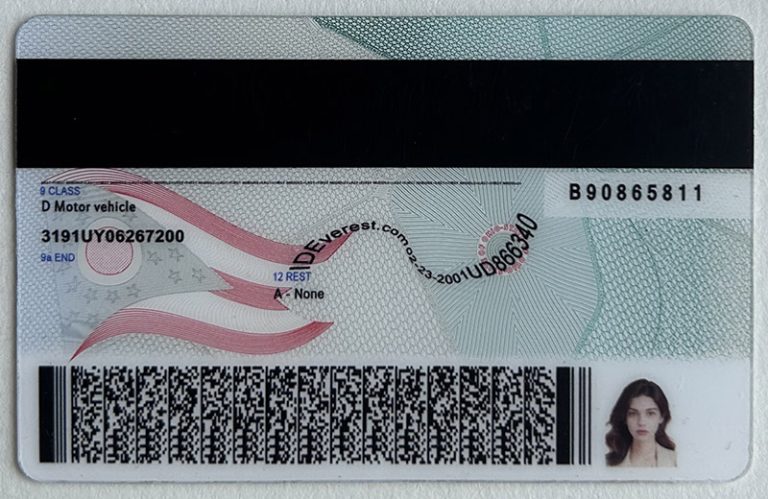

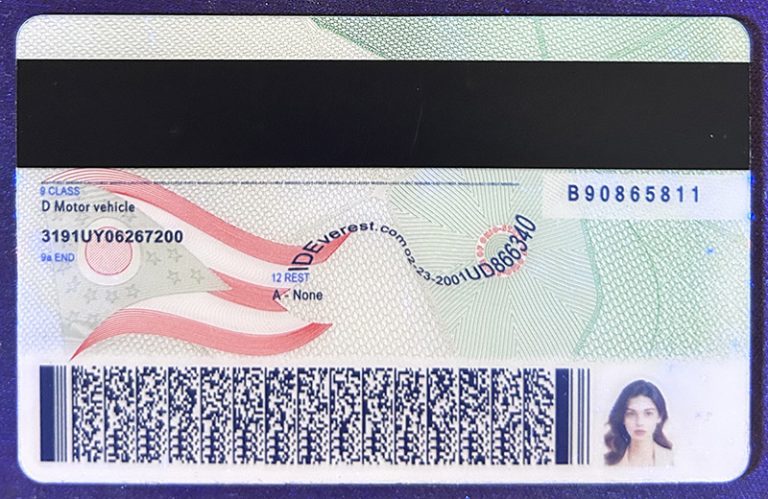
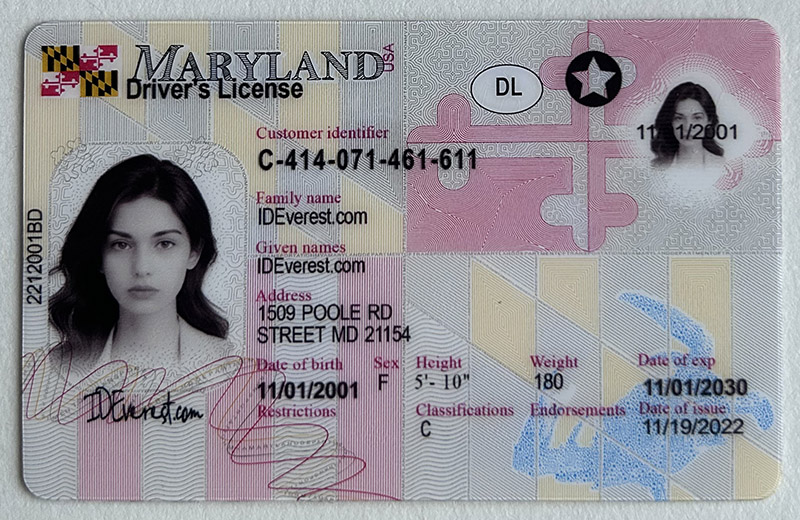
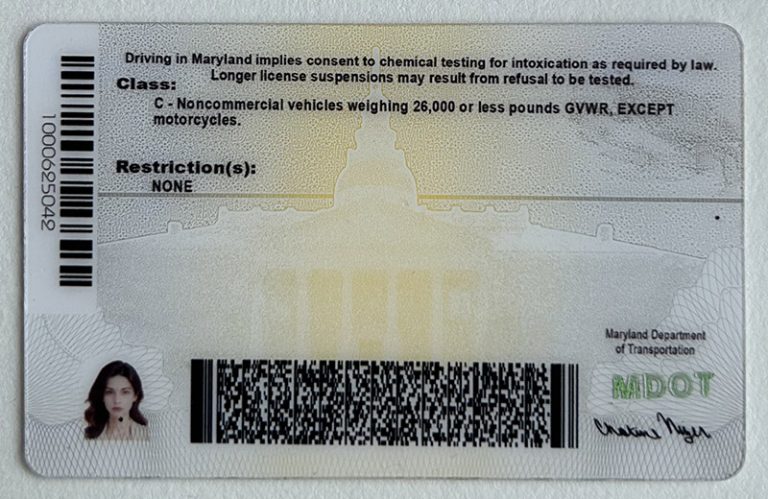

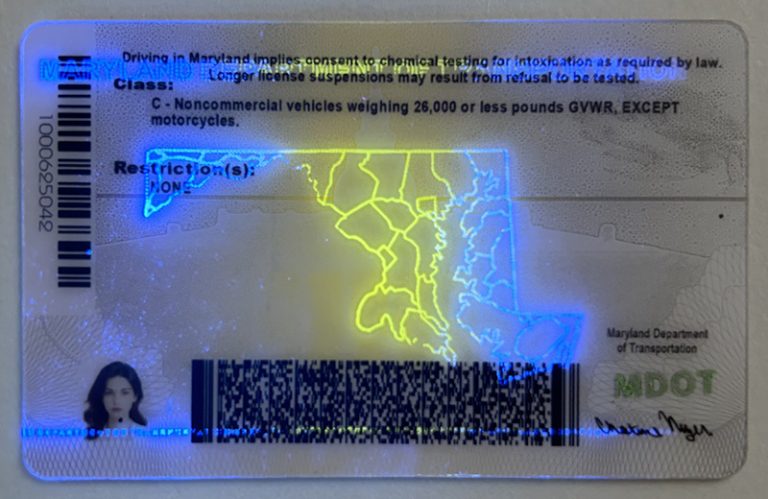
7. Special Licenses and Endorsements
Commercial Driver's License (CDL): If you plan to drive a large truck or bus, you will need to apply for a CDL. This requires additional testing and qualifications.
Motorcycle Endorsement: If you want to ride a motorcycle, you must pass a motorcycle-specific driving test or take a motorcycle safety course.
8. REAL ID
Beginning in 2025, REAL ID will become required for federal identification purposes, such as boarding an airplane or entering a federal building. To get a REAL ID-compliant driver's license, you must bring specific documents to prove your identity, social security number, and residency. In most states, this is an optional upgrade, but it is recommended for frequent travelers.
Key Points:
State-Specific Requirements: Driver's license requirements and procedures vary by state, so be sure to check with your local DMV or issuing agency to find out the specific rules for your state.
Testing and Age: If you are a teenager, you may need to complete a driver's education course before applying for a license.
In summary, U.S. citizens who are of legal driving age, meet residency requirements, and pass the necessary testing can obtain a driver's license in the United States. The process includes submitting documents, passing written and road tests, and paying any applicable fees.
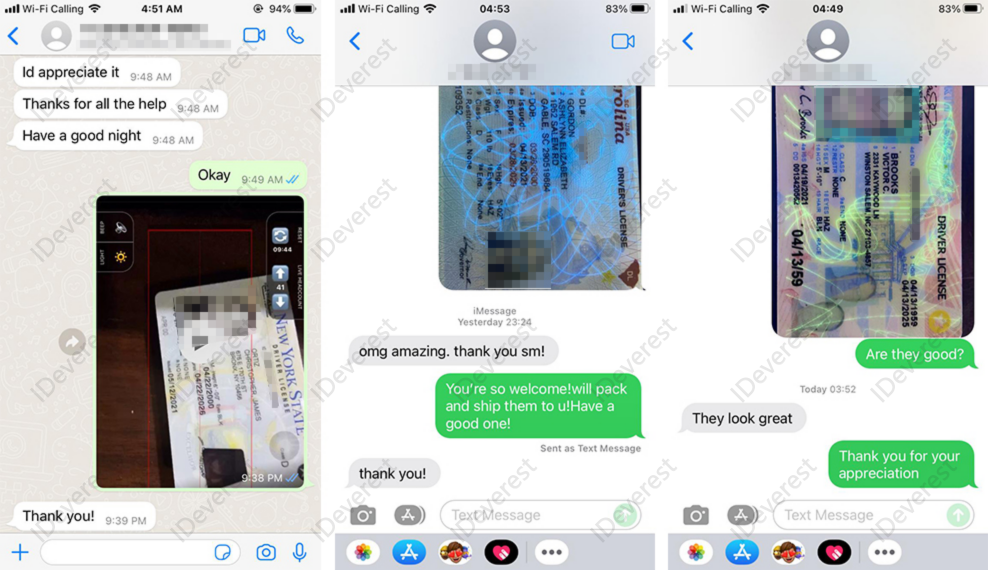
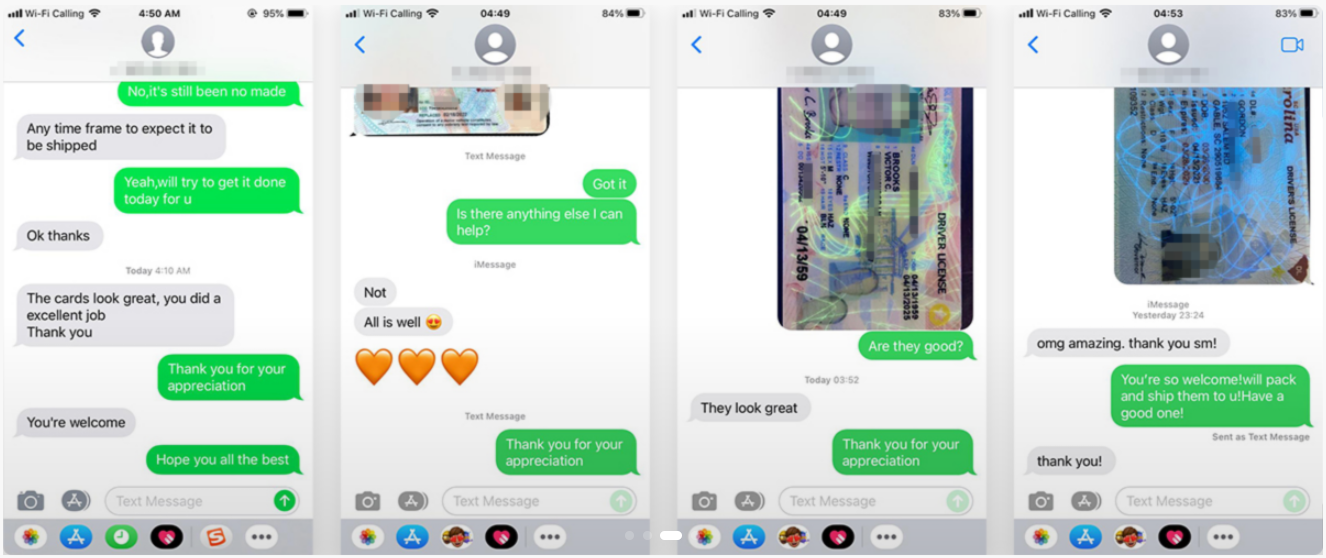

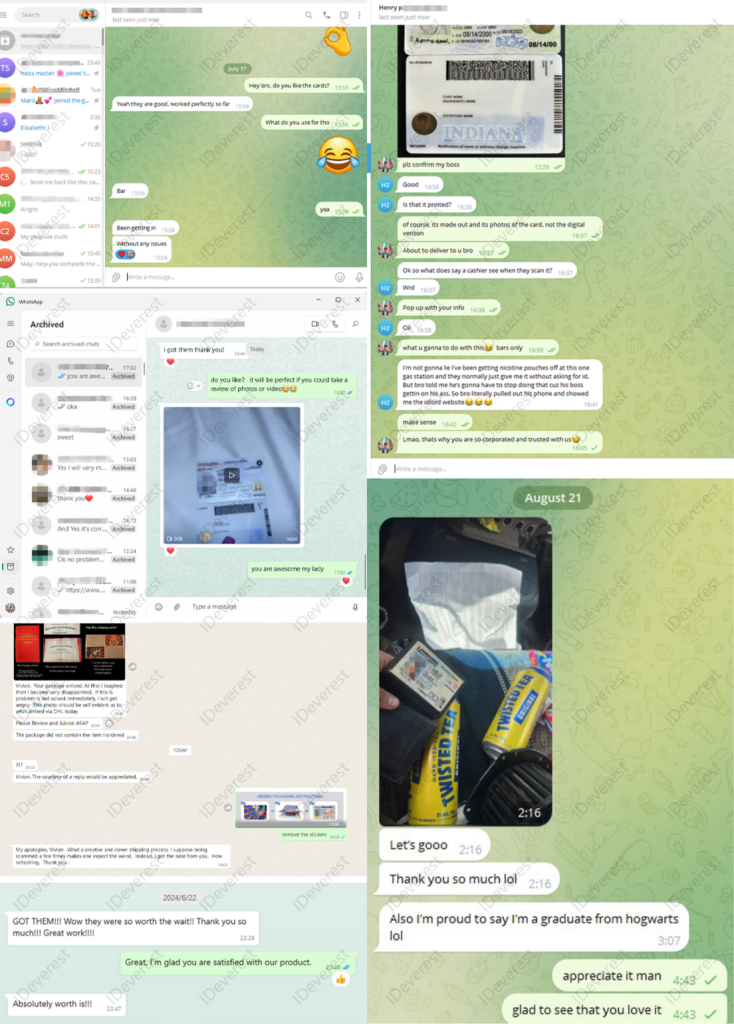
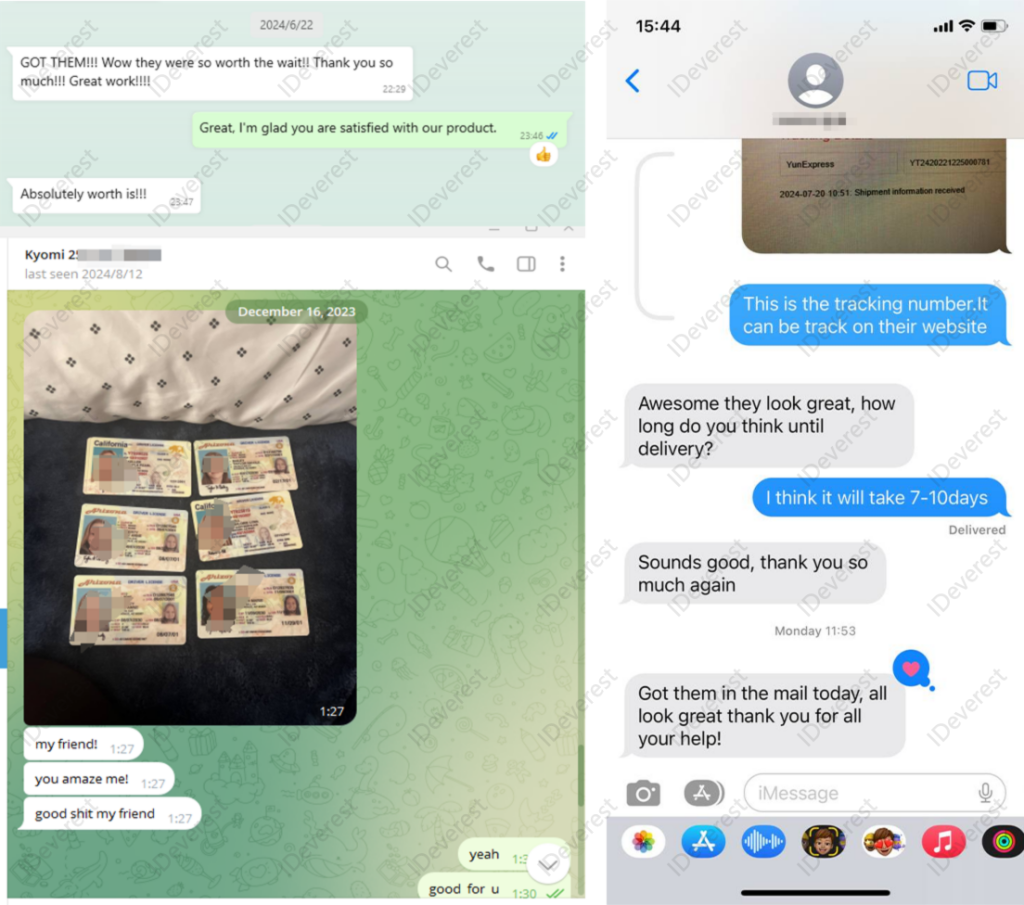

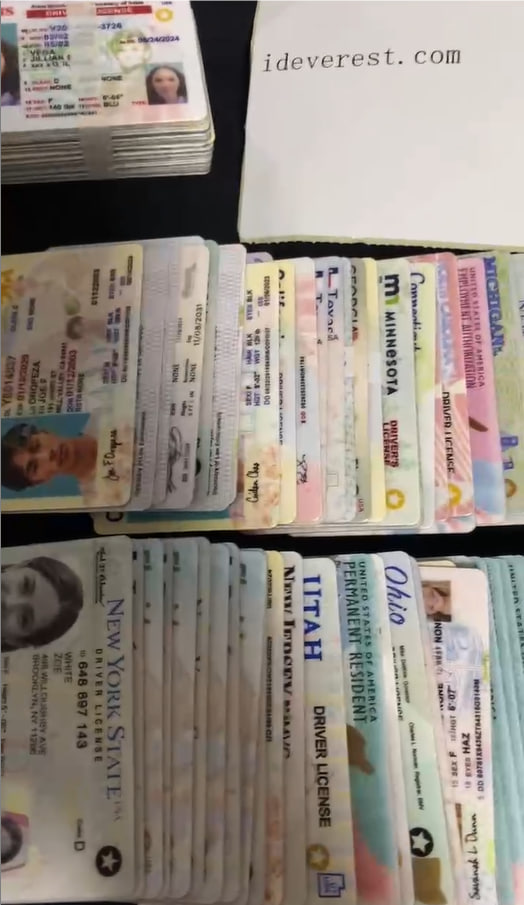


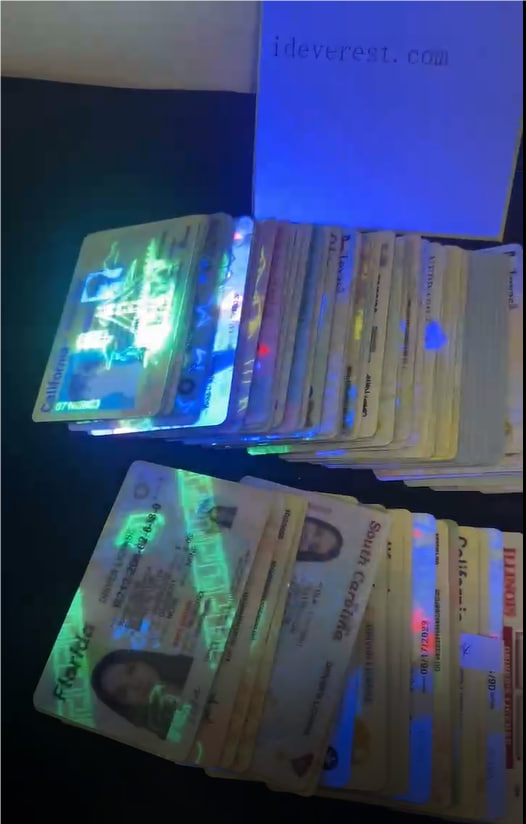


Tags:
You like

North Carolina Fake ID
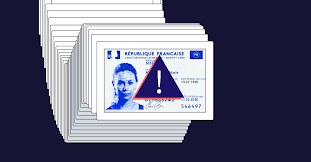
Ohio Fake ID
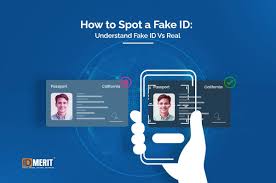
Ontario Fake ID
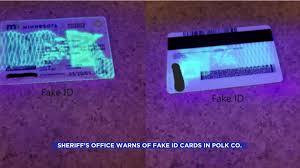
Pennsylvania Fake ID

